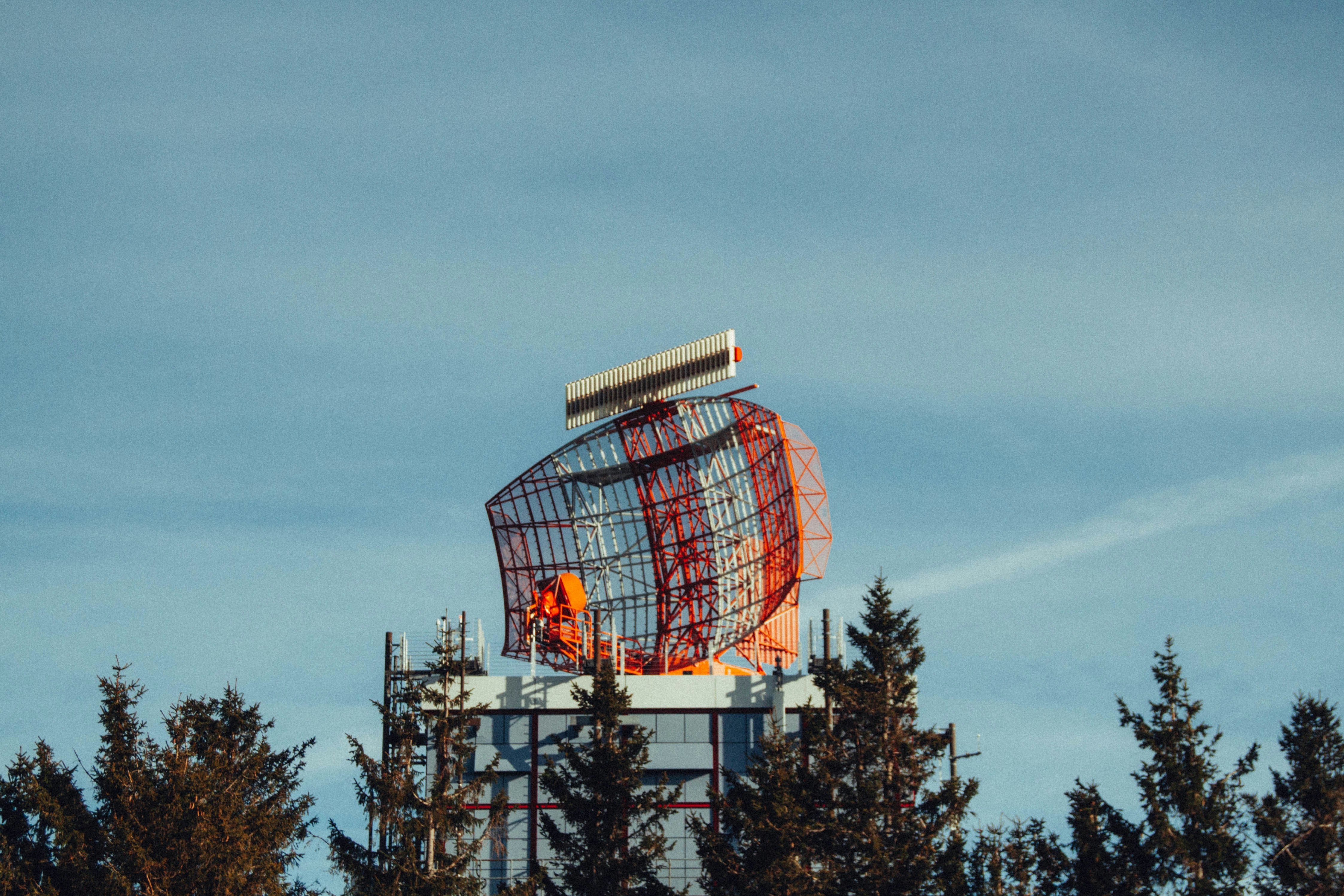This is a Contracts for Innovation, formerly known as SBRI, competition funded by Innovate UK.
The aim of the competition is to accelerate the development and adoption of quantum sensors (QS) and quantum position, navigation, and timing (QPNT) products and services. These will prime the National Quantum Strategy Missions 3, 4, and 5. Examples include sensing-enabled solutions for healthcare, navigation systems and clocks, and sensors for critical national infrastructure in the transport, telecoms, energy, and defence sectors.
This is phase 1 of a potential 2 phase competition. Phase 1 is for projects up to £1.5 million and up to 7 months. Your project must deliver a maturity study for a product or service essential for the delivery of one or more of the National Quantum Strategy Missions 3, 4, and 5.
The decision to proceed with phase 2 will depend on the outcomes from phase 1 and budget availability. There will be an assessment of a separate application into a subsequent phase 2 competition. Successful delivery of phase 1 will not guarantee a contract for phase 2, but only the successful applicants from phase 1 will be invited to apply to take part in phase 2.
Any adoption and implementation of a solution from this competition would be subject to a separate, possibly competitive, procurement exercise. This competition does not cover the purchase of any solution.
Your product or service must use second generation quantum technologies, or your product roadmap must include a plan for the incorporation of second generation quantum technologies. Second generation quantum technologies are defined as those involving the generation and coherent control of quantum states, resulting in phenomena such as superposition or entanglement. We consider technologies involving single photon generation and detection to be in scope.
An in-person briefing and networking event will be held in London on 4 June 2025, 10:30am-3pm: click here to register for a place.
To lead a project, you can:
be an organisation of any size, including those based in the EU, EEA or internationally
work alone or with the subcontracted skills and expertise of others from business, research organisations, research and technology organisations, or the third sector (charities, social enterprises and voluntary groups)
Contracts will be awarded to a single legal entity only. The majority of the project work and key deliverables must be completed by the applicant and be carried out in the UK. Subcontractors can be used, but only for specialist skills.
Projects must:
start on 1 September 2025
end by 31 March 2026
last up to seven months
have total costs of between £500,000 and £1.5 million, inclusive of VAT
A total of up to £14 million, inclusive of VAT, is allocated to this phase 1 feasibility study research and development (R&D) competition. Contracts will be up to £1.5 million, inclusive of VAT, for each project for up to seven months. We expect to fund between 10 and 15 projects. Contracts for Innovation competitions involve procurement of R&D services at a fair market value and are not subject to subsidy control criteria that typically apply to grant funding (i.e. no match funding is required).
Your application must have at least 50% of the contract value attributed directly and exclusively to R&D services, including solution exploration and design.
The aim of this competition is to accelerate the development and adoption of quantum sensors (QS) and quantum position, navigation, and timing (QPNT) products and services. These will prime the National Quantum Strategy Missions 3, 4, and 5. Examples include sensing-enabled solutions for healthcare, navigation systems and clocks, and sensors for critical infrastructure in the transport, telecoms, energy, and defence sectors.
Your Project Must
be fundamentally about the development of an innovative product or service
demonstrate the current status of the technology
outline future plans for developing the maturity of the product or service, that are founded on a mature product concept and market knowledge
identify technical, commercial, and regulatory barriers to adoption
You must define your goals in your application and outline your plan for phase
You must demonstrate a credible and practical route to market, so your application must include a plan to commercialise your results.
Your phase 1 project must deliver:
A Product Maturity Plan which includes plans or roadmaps describing your future product development activities, investment needs, and how they address your intended market.
A Product Performance Report which shows the results of a test, a demonstration, modelling, or a trial from which you derive your confidence in being able to meet the technical requirements of your chosen market.
The above deliverables will be used to evaluate the performance of your phase 1 project. Based on performance in phase 1 and the availability of budget, you may be invited to apply to a separate phase 2 competition. We expect that you will enact some or all of the development activities in your Product Maturity Plan, if you are selected for a phase 2 project.
At this stage contracts will only be given for phase 1.
In phase 2 we will ask successful applicants from phase 1 to develop your proposed product or service based on the plans generated in Phase 1. We expect this will include delivering some or all of the development activities in your Product Maturity Plan.
Your product or service must use second generation quantum technologies, or your product roadmap must include a plan for the incorporation of second generation quantum technologies.
Second generation quantum technologies are defined as those involving the generation and coherent control of quantum states, resulting in phenomena such as superposition or entanglement. We consider technologies involving single photon generation and detection to be in scope.
Software and hardware are both in scope as a product or service. However, in the case of software, the product or service must be aligned with a specific hardware device or platform. The hardware provider can be a collaborator or subcontractor.
Your project can focus on one or more of the following:
quantum sensors (QS)
quantum position, navigation, and timing (QPNT)
An in-person briefing and networking event will be held in London on 4 June 2025, 10:30am-3pm: click here to register for a place.
Briefing slides will be available to download after the event, and the briefing and Q&A will be recorded.
If you want help to find an organisation to work with, contact Innovate UK Business Connect’s Quantum team.
Find out more and apply
#J-18808-Ljbffr



